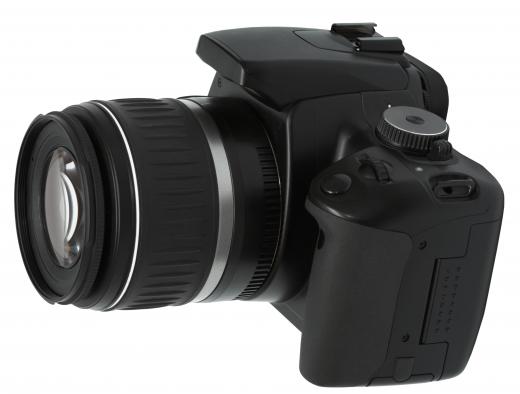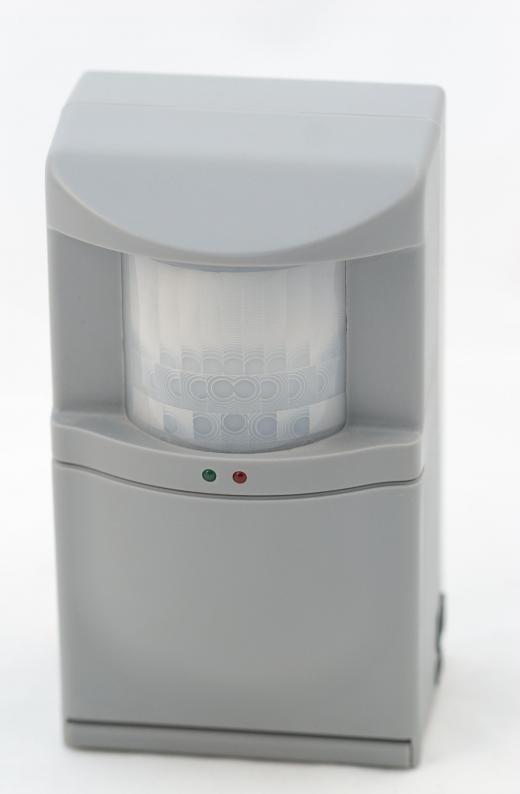What is an Optical Sensor?
An optical sensor is a device that converts light rays into electronic signals. Similar to a photoresistor, it measures the physical quantity of light and translates it into a form read by the instrument. Usually, the optical sensor is part of a larger system integrating a measuring device, a source of light and the sensor itself. This is generally connected to an electrical trigger, which reacts to a change in the signal within the light sensor.
One of the features of an optical sensor is its ability to measure the changes from one or more light beams. This change is most often based around alterations to the intensity of the light. When a phase change occurs, the light sensor acts as a photoelectric trigger, either increasing or decreasing the electrical output, depending on the type of sensor.

Optical sensors can work either on the single point method or through a distribution of points. With the single point method, a sole phase change is needed to activate the sensor. In terms of the distribution concept, the sensor is reactive along a long series of sensors or single fiber-optic array.
Other features of optical sensors include the distinction of whether it is placed internally or externally in a device. External transducers register and transmit the necessary quantity of light. These are known as extrinsic sensors. Intrinsic sensors are those that are embedded within a optical fiber or device. These are generally used to measure smaller changes such as a bend or slight change in direction.

The major importance to the proper use of an optical sensor is that it retains certain facets of measured properties. It must always remain sensitive to the property. To the same point, it must be insensitive to any other property. In addition, it cannot influence what measurement is normally being made. That is, it cannot alter the amount of light impacting the photoelectric property.

Optical sensors have a variety of uses. They can be found in everything from computers to motion detectors. For example, when the door to a completely darkened area such as the inside of a copy machine is opened, light impacts the sensor, causing an increase in electrical productivity. This will trigger an electric response and stop the machine for safety.
Due to the nature of photoelectric sensors, the registration head of the device must remain clean at all times. Things like dust and materials can prevent the proper reception of light, limiting the success of the sensor to perform its job. Without the proper level of light, a photosensitive device cannot create or limit adequate amounts of electricity.
AS FEATURED ON:
AS FEATURED ON:













Discussion Comments
This technology is very helpful in biometrics too.
This type of technology is also used with car sand to be more specific, inside the distributor. It senses the light to power the primary winding and creates a magnetic field inside the ignition coil.
@aarons - You are correct. The sort of technology you mentioned is useful for measuring all sorts of fluid pressures in the body, including blood pressure!
This technology lends itself to great possibilities. For example, researchers have recently created a highly sensitive optical pressure sensor that will be very useful in the biomedical field.
Post your comments